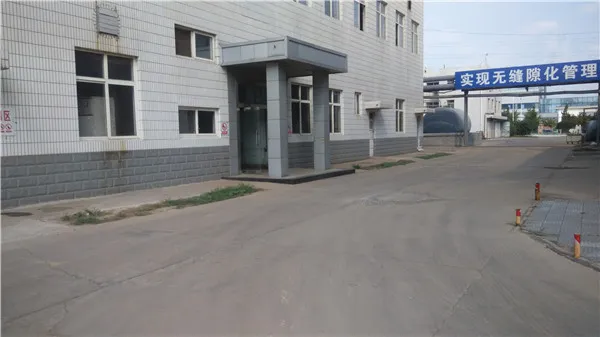The Role of Polyelectrolytes in Water Treatment
Polyelectrolytes play a crucial role in water treatment processes, functioning as key agents in coagulation, flocculation, and the removal of contaminants from water. These macromolecules possess charged functional groups that enable them to interact with other charged particles in water, thereby stabilizing or destabilizing colloidal suspensions. The enhanced understanding of polyelectrolytes has led to improved water treatment technologies, making them increasingly important in both municipal and industrial applications.
Understanding Polyelectrolytes
Polyelectrolytes are polymers that carry electrolytic charges, either positive (polycations) or negative (polyanions). Due to their ionizable groups, these polymers can dissolve in water and influence the physical and chemical properties of the solution. The ability of polyelectrolytes to aid in water treatment arises from their capacity to bind with suspended particles, such as silt, algae, and other organic materials, promoting the aggregation of these particles into larger clumps or flocs. This floc formation is essential for effective removal of contaminants.
Mechanisms in Water Treatment
In water treatment, the addition of polyelectrolytes facilitates several mechanisms
1. Coagulation and Flocculation During these initial stages of treatment, polyelectrolytes neutralize the charges on suspended particles, allowing them to come together and form larger aggregates. This process, which enhances sedimentation, is vital for clarifying water and enabling the removal of turbidity.
2. Filtration Once larger flocs are formed, they can be easily removed through filtration systems. The efficiency of filtration can be significantly increased by the presence of polyelectrolytes, which help to bridge between particles and create a more robust structure for filtration.
polyelectrolyte in water treatment

3. Dewatering In situations where water needs to be separated from sludges or slurries, polyelectrolytes can be used to enhance the dewatering process. They help to form larger agglomerates that can be easily removed, thereby reducing the volume of sludge that must be disposed of.
4. Removal of Heavy Metals Certain polyelectrolytes can also assist in the removal of heavy metals and other toxins from industrial effluents. By binding with these contaminants, polyelectrolytes can facilitate their aggregation and eventual removal, ensuring that discharged water meets environmental standards.
Types of Polyelectrolytes Used in Water Treatment
The choice of polyelectrolyte depends on various factors such as the type of impurities present, water chemistry, and treatment goals. Anionic polyelectrolytes are often preferred when treating positively charged contaminants, while cationic polyelectrolytes are effective for negatively charged particles. Recent advancements in polymer chemistry have led to the development of more effective polyelectrolyte formulations that copolymerize different functional groups for targeted interactions.
Environmental Considerations
While polyelectrolytes are effective in enhancing water treatment processes, their environmental impact must also be considered. Biodegradability and toxicity of the polyelectrolytes are critical factors influencing their application. Innovations are underway to develop more environmentally benign polyelectrolytes derived from natural sources that can minimize ecological impact without sacrificing efficacy.
Conclusion
In summary, polyelectrolytes are indispensable in modern water treatment practices. Their ability to modify particle interactions and improve separation processes enhances the overall efficiency and effectiveness of water purification systems. Continuous research and development in this field will likely lead to even greater innovations, driving advancements in clean water access and environmental protection globally. As water scarcity and pollution pose ever-increasing challenges, polyelectrolytes will remain at the forefront of solutions aimed at achieving sustainable water management.

